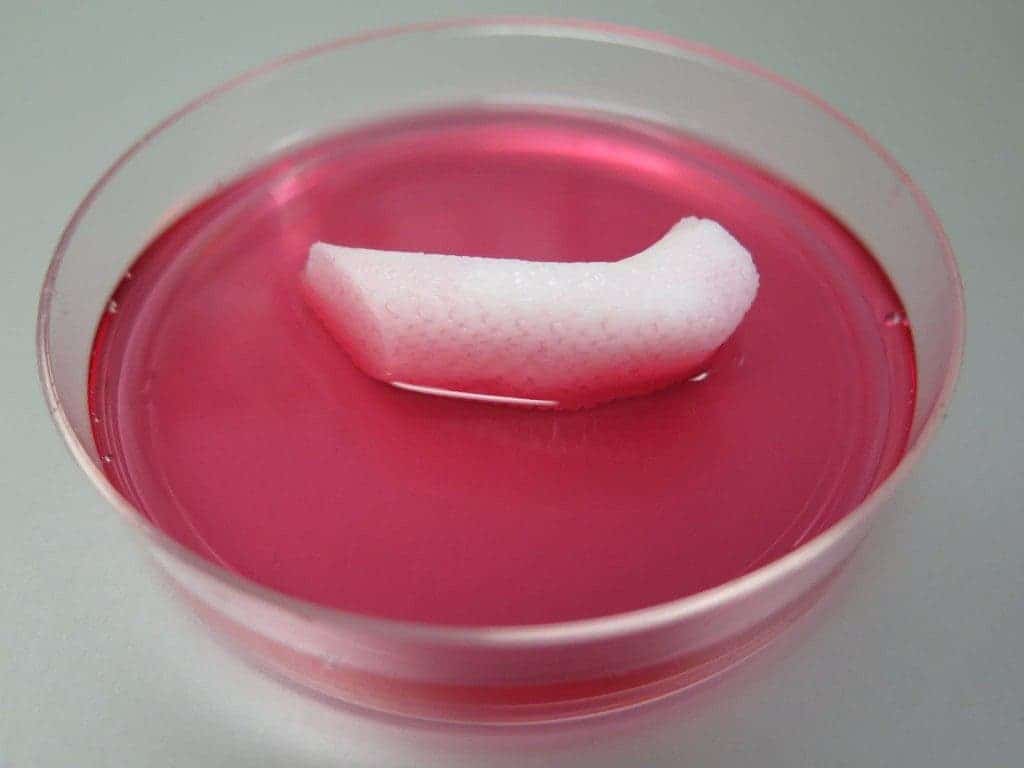It seems medicine is prepared to enter a new age – an age in which not only can we fix bones, cartilage and muscles, but also create new ones.

Credit: Wake Forest Institute for Regenerative Medicine. Atala et al, 2016
Normally, 3D printers aren’t particularly suited for human medicine. The problems are two fold: on the engineering side, it’s difficult to ensure the stability and physical parameters of the tissue or organ. Human biology is complex, and engineering an equivalent solution is never easy. Also, on the other hand, because they lack blood vessels, their size is constrained by the diffusion limit for nutrients and oxygen, which is around 200 micrometers—too small to make most human tissues and organs.
A new study published in Nature Biotechnology describes a new, improved bioprinter that can design materials just like our internal bone tissue. When they’re designed specifically with that in mind, 3D printers are called bioprinters. The authors demonstrated that their bioprinter can not only produce large, stable structures, but also integrate microchannels to act as vessels.
They create a 3D model of the tissue they want to replace, translating the model onto the printer. The software guides the printer nozzles that dispense cells. So far, according to the study, there is no reason why this wouldn’t work on humans but of course, tests need to be conducted on this before it is declared viable. Furthermore, refinements are required to make transplantable tissues that include clinical-grade human cells – and these are ideally derived straight from the patient.
At this point, it seems like it’s just a matter of time.






